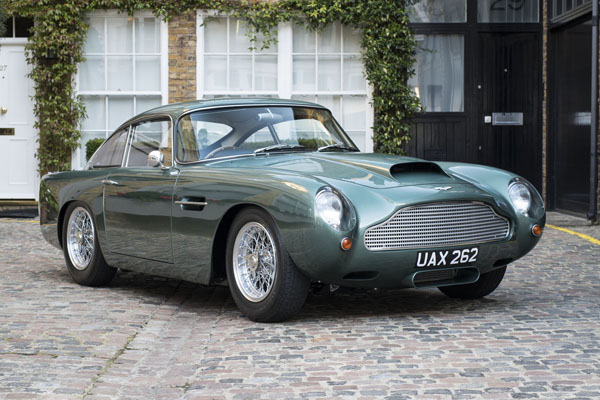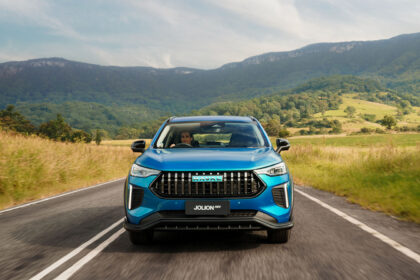
At the end of World War II Aston Martin was taken over by tractor magnate, David Brown. He learned that Lagonda was also having trouble raising sufficient capital to recommence operations after the war so promptly bought them also. With the purchase of Aston Martin he acquired one of their principal assets which was an excellent multi-tube space frame, coil-sprung chassis and a 2.0-litre engine intended for a planned sports car. This new design, now called the DB1 after the new owner, went on sale in 1948.
However, few DB1s were sold. One of Lagonda’s assets included an excellent twin overhead cam power unit, of 2850cc, and it was decided to match this to a new version of the sports car chassis which eventually went on sale in 1950 as the DB2, and is now an all-time classic. A redesign of the rear end to incorporate two tiny rear seats and a top-hinged tailgate produced the DB2/4 the world’s first hatchback.
The DB4 of 1958 had a lengthy and luxurious body and set new standards for both appearance of grand touring cars but also handling. It had a mighty 180kw engine and disk brakes which together allowed it to go from rest to 160km/h and back to rest in the incredibly short time of 30 seconds. It also featured rack and pinion steering which made it a delightful road car but in this form it was too heavy for track work.
Fitting a 12-plug racing head and Weber carburettors, however, produced more than 224kw. Taking 125mm off the wheelbase to help lower the weight to only 1270kg produced the two seater variant, the DB4 GT. Only 75 of this machine were produced initially as most customers preferred the tamer DB4. But with the advent of the DB4 GT it was realised that with a little more work here was a British car which could take on the Ferrari in GT racing.
Aston Martin sent a number of DB4 GT chassis to the Italian body builder Zagato from 1960 on and these were fitted with ultra-light bodies, every one built by hand and differing in detail from the next. With a 242kw high compression competition engine, four forward ratios in the gearbox and the lightweight low drag body, top speed increased from 225km/h to 245km/h. In this form the two-seater Aston Martin road car reached its zenith as a dual-purpose racing car.
With spartan seats, plastic windows, hardly any upholstery and not a trace of insulation to deaden the scream of an all-alloy engine or the savage rasp of open-trumpeted carburettors, the Zagato was loud enough to wake the dead. Even so the Zagato was a very fine car and paved the way for the DB5 and DB6 and in 1969 the DBS. Sir David Brown sold Aston Martin to another concern in 1972.








